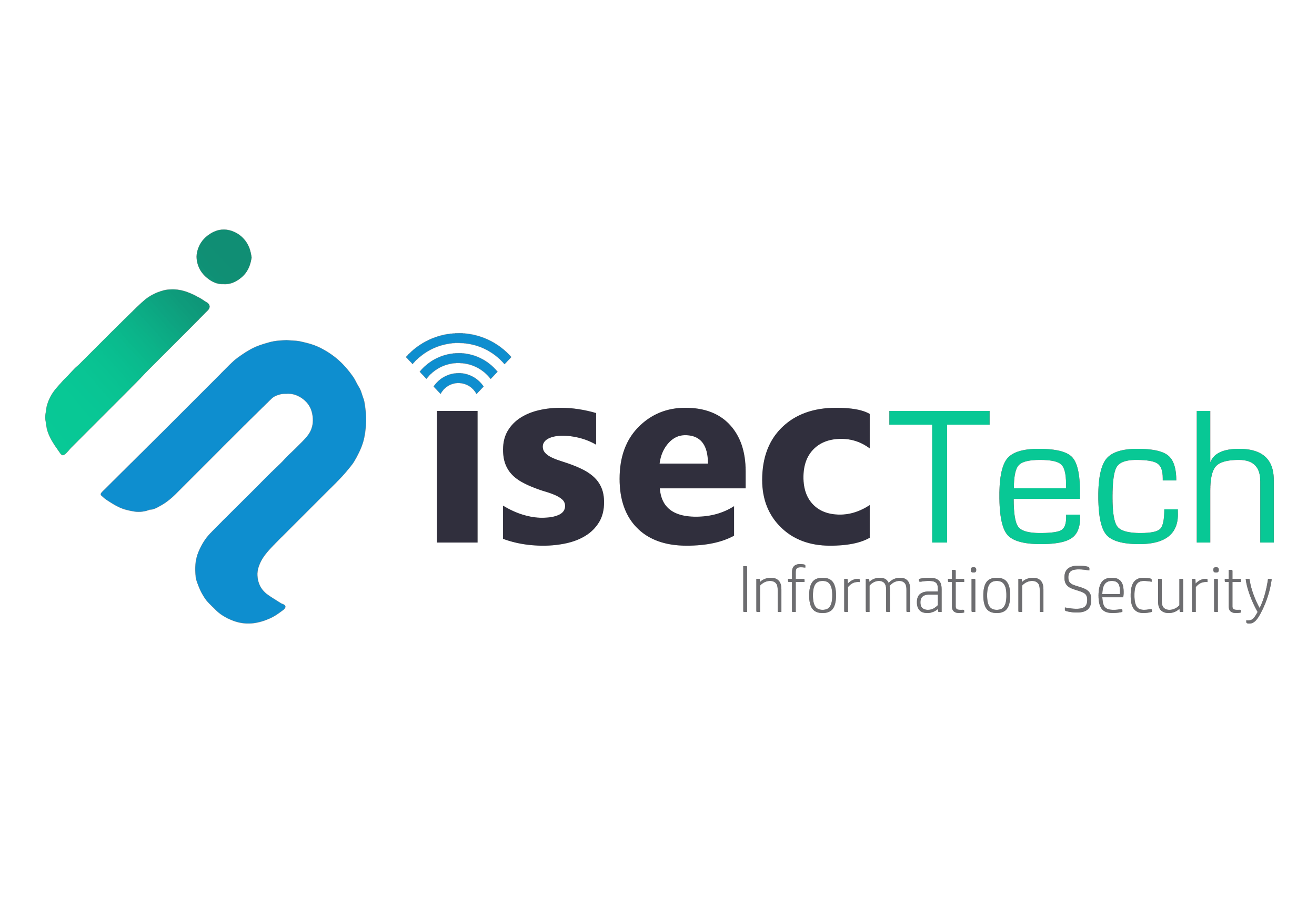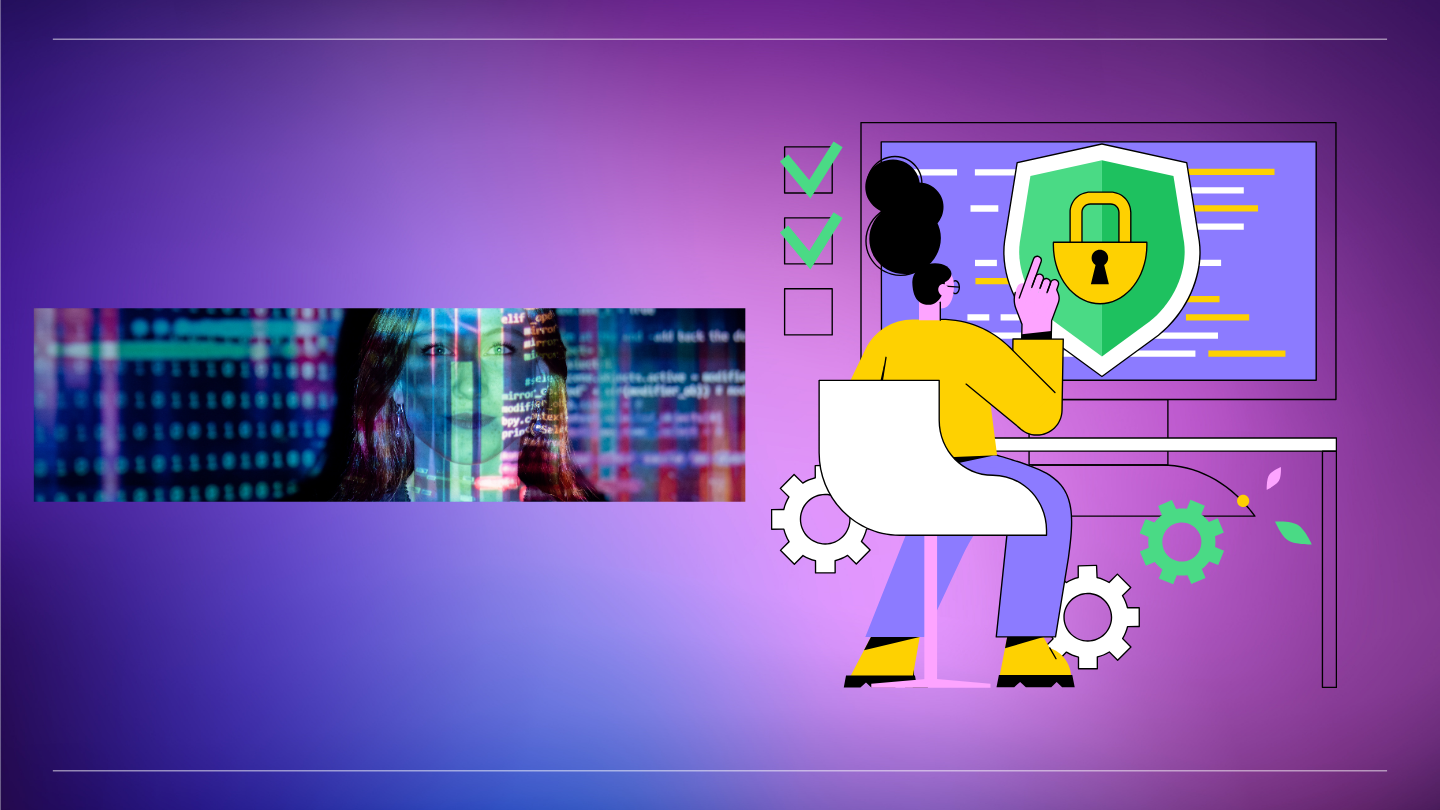In the rapidly evolving domain of cybersecurity, protecting organizational assets from external threats remains a paramount concern. However, an often underestimated source of threat lurks within the very walls of the organization – the internal threat. As businesses digitize and interconnect their operations, the potential damage from internal threats multiplies, often with a severity matching or exceeding that of external threats. This article aims to shed light on the critical aspect of internal cybersecurity threats, elucidating their forms, potential impact, and mitigation strategies.
Forms of Internal Threats
Insider Malfeasance:
- Malicious Insiders: Employees or partners with malicious intent who misuse their access to steal, sabotage, or spy. Their motivations might range from personal grievances to financial gain.
- Unintentional Insiders: Individuals who inadvertently cause security breaches, often due to a lack of awareness or training.
Inadequate Access Controls:
- Overly Permissive Access: Granting more access rights than necessary can lead to unauthorized data access, either maliciously or accidentally.
- Lack of Access Revocation: Failing to revoke access rights of individuals who no longer require them, such as former employees or transferred workers.
Unsecured Endpoints:
- Unpatched Systems: Systems that lack the latest security patches are susceptible to exploitation through known vulnerabilities.
- Unmanaged Devices: Devices not adhering to the organization’s security policies can become gateways for cyber threats.
Impact of Internal Threats
- Data Leakage: Internal threats can lead to significant data leaks, impacting an organization’s reputation and legal standing.
- Financial Loss: The financial repercussions of internal threats can be colossal, encompassing legal fees, fines, and loss of revenue.
- Operational Disruption: Internal incidents can halt operations, leading to service disruptions and loss of customer trust.
Mitigating Internal Threats
Robust Access Control:
- Implement a principle of least privilege (PoLP) approach to minimize access rights, ensuring individuals have just enough access to perform their tasks.
- Regularly review and update access permissions, and promptly revoke access when no longer needed.
Continuous Education and Awareness:
- Conduct regular cybersecurity awareness training to educate employees about the risks and responsibilities.
- Foster a security-centric culture that encourages employees to report suspicious activities.
Advanced Monitoring and Detection:
- Employ advanced analytics and monitoring tools to detect unusual activities within the network.
- Establish clear incident response procedures to quickly address any identified internal threats.
Endpoint Security Management:
- Keep all systems updated with the latest security patches.
- Enforce strict security policies on all devices connecting to the organization’s network.
Insider Threat Programs:
- Establish an insider threat program to proactively address the risks from within the organization, comprising a multidisciplinary approach involving human resources, legal, and IT security departments.
Internal threats are a substantial and growing concern in today’s digital business landscape. By recognizing the various forms of internal threats and implementing robust measures to mitigate them, organizations can significantly bolster their cybersecurity posture, ensuring a safer and more resilient operational environment.

